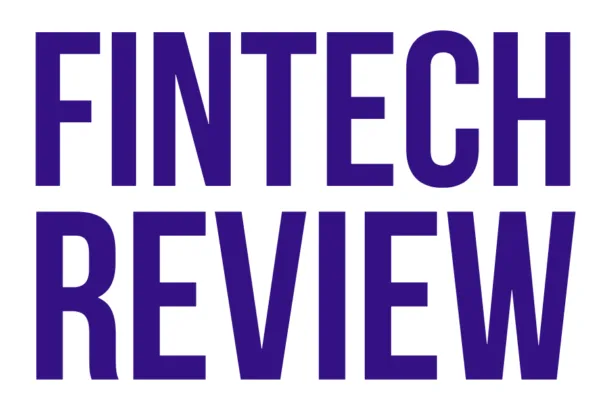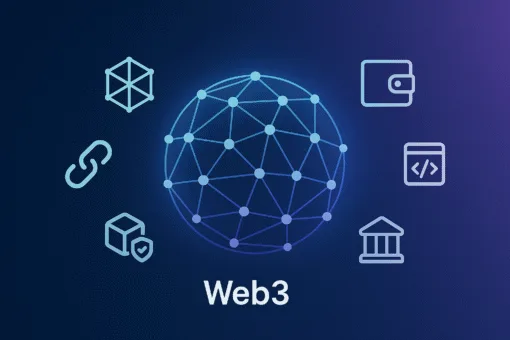Open banking is transforming the financial landscape by fostering innovation, competition, and improved customer experiences. It involves sharing financial data through secure application programming interfaces (APIs). This practice allows third-party providers (TPPs) to access banking data with customer consent, enabling the development of new financial services and products.
The concept of open banking originated from regulatory initiatives aimed at increasing competition and consumer choice in the financial sector. The UK’s Open Banking Implementation Entity (OBIE) and the European Union’s Payment Services Directive 2 (PSD2) are prime examples. These regulations mandate that banks must share customer data with authorised TPPs, provided customers give their explicit consent.

How Open Banking Works
It relies on APIs, which enable different software systems to communicate and exchange data securely. For example, APIs allow fintech companies to access banking data, facilitating the creation of enhanced financial services.
Customers must explicitly consent before their data is shared, ensuring privacy and control over personal information. They can revoke this consent at any time, maintaining control over their data. Banks and TPPs are required to implement robust security measures to protect this sensitive information from cyber threats.
APIs enable a wide range of financial services. These include budgeting tools, personalised financial advice, and streamlined loan applications. By accessing banking data, fintech companies can offer innovative products that improve customer choice and service quality. This connectivity drives a more dynamic and responsive financial ecosystem.
Benefits of Open Banking
It offers numerous benefits, including enhanced competition, innovation, and consumer empowerment. By allowing new entrants into the market, it challenges traditional banks to improve their services and offer better value to customers.
Consumers benefit from personalised financial products tailored to their specific needs. Budgeting apps, for example, can access bank account data to provide tailored financial advice and insights. Loan applications become more efficient, as lenders can quickly and accurately assess an applicant’s financial health through direct access to banking data.

It also promotes financial inclusion. Fintech firms can develop services for underserved populations, such as individuals without access to traditional banking services. By leveraging APIs, these companies can create products that cater to the unique needs of these groups, helping to bridge the financial inclusion gap.
Case Studies of Successful Open Banking Initiatives
Several successful initiatives showcase the potential of this concept. In the UK, Yolt and Monzo are notable examples. Yolt provides a comprehensive financial overview by aggregating data from various accounts, enabling users to manage their finances more effectively. Monzo offers a range of features, including budgeting tools and instant notifications for transactions, enhancing user control and financial management.
In Europe, the PSD2 directive has spurred significant innovation. Companies like N26 and Revolut have emerged as major players in the fintech space. N26 offers a fully digital banking experience with real-time spending updates and personalised financial insights. Revolut provides currency exchange services at competitive rates, leveraging open banking APIs to offer additional features such as budgeting tools and cryptocurrency trading.

Australia’s Consumer Data Right (CDR) initiative also exemplifies the success of open banking. This legislation mandates data sharing across sectors, including banking, to foster competition and innovation. The result is a more competitive and innovative financial services market, with consumers benefiting from a wider range of choices and better services.
Challenges and Risks
Despite its benefits, open banking faces several challenges and risks. Data security is a primary concern. Banks and TPPs must ensure robust protection against cyber threats to maintain trust and safeguard sensitive information. Regulatory compliance is crucial to ensure that data sharing practices adhere to legal standards and protect consumer rights.
Consumer awareness is another significant challenge. Many people are unaware of open banking and its potential benefits. Educating consumers about open banking and its advantages is essential to drive adoption and build trust in these new services.
Interoperability between different systems also presents a hurdle. Standardised APIs are necessary for seamless data sharing across various platforms. Without standardisation, the benefits of open banking could be limited, as data exchange would become more complex and less efficient.
The Future of Open Banking
The future looks promising, with technological advancements and global adoption driving further developments. As technology evolves, so will the capabilities of open banking. Artificial intelligence (AI) and machine learning (ML) will play significant roles in enhancing the functionality of open banking services. These technologies can provide more personalised financial advice, improve fraud detection, and offer more sophisticated financial management tools.

Global expansion is another key trend in the future of open banking. More countries are likely to adopt adequate regulations, creating a more interconnected and competitive global financial market. This will provide consumers with a broader range of financial services and greater convenience.
Partnerships between banks and fintech companies will increase, leading to the development of innovative products and services. Traditional banks will benefit from fintech’s agility and innovation, while fintech firms gain credibility and customer trust. These collaborations will drive the evolution of financial services, providing consumers with more tailored and efficient solutions.
Conclusion
Open banking is revolutionising the financial industry by driving innovation, enhancing competition, and empowering consumers. Despite the challenges, its future looks bright with ongoing technological advancements and increasing global adoption.
By understanding and leveraging the potential of open banking, consumers and businesses alike can benefit from a more open, competitive, and customer-centric financial ecosystem. Educating the public about open banking and ensuring robust security measures are essential steps in achieving this vision. With these elements in place, open banking can truly unlock innovation and consumer empowerment, transforming the way financial services are delivered and experienced.















